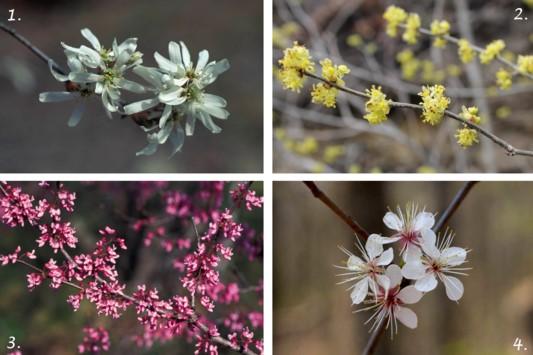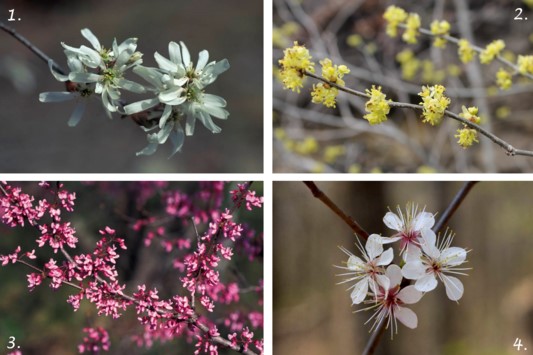
Xplor reconnects kids to nature and helps them find adventure in their own backyard. Free to residents of Missouri.


































Stay in Touch with MDC news, newsletters, events, and manage your subscription

Xplor reconnects kids to nature and helps them find adventure in their own backyard. Free to residents of Missouri.

A monthly publication about conservation in Missouri. Started in 1938, the printed magazine is free to residents of Missouri.


JEFFERSON CITY, Mo. – The Missouri Department of Conservation (MDC) encourages people to unwind in nature by enjoying Missouri’s flowering trees and shrubs. Many of Missouri’s native trees and shrubs bloom in spring, putting on dazzling displays that attract native wildlife such as birds and pollinators. Flowering spring trees and shrubs can be enjoyed while out in the yard, out on a walk, or even from the indoors while social distancing. In order to make enjoying the outdoors as safe as possible, it’s critical for the public to maintain physical distancing, avoid overcrowding, and continue hand-washing or sanitizing.
Early-bloomers in the coming weeks include:
MDC encourages people to plant native trees and shrubs and replace nonnative varieties such as the invasive Bradford or Cleveland Select ornamental pear trees. Visit grownative.org for a list of vendors that sell Missouri native plant species.
Wherever the location in Missouri, take time to enjoy the natural beauty of spring-flowering trees and shrubs.
With the current public-health emergency caused by the coronavirus (COVID-19), MDC reminds people to continue to heed recommendations for hand washing, physical distancing, and all other public-health measures during outdoor activities. Find more information from the Centers for Disease Control and Prevention on best practices for keeping you and your family safe at https://www.cdc.gov/coronavirus/2019-ncov/index.html.